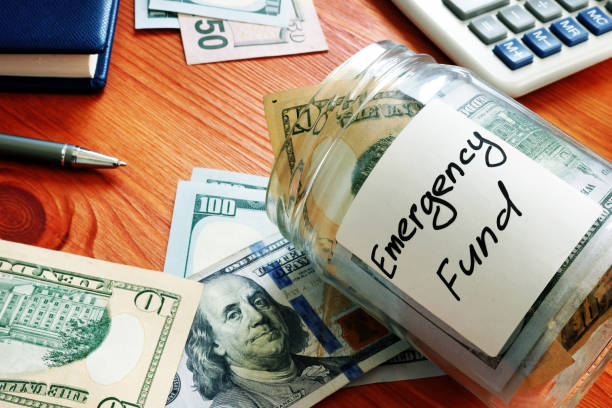An emergency fund is a crucial component of a healthy financial plan, acting as a safety net for unexpected expenses such as job loss, medical bills, or car repairs. In this guide, we’ll explore why an emergency fund is essential, how much you should save, and tips on creating one.
Why You Need an Emergency Fund
An emergency fund serves a few key purposes:
- Financial Stability: Having an emergency fund can help prevent additional debt or financial strain during unforeseen financial challenges.
- Peace of Mind: Knowing you have a buffer in place can ease financial stress and anxiety in difficult times.
- Protect Long-Term Goals: By using emergency savings to cover unexpected expenses, you can avoid dipping into other investments or long-term savings meant for specific goals.
How Much Should You Save?
The ideal emergency fund will vary based on individual circumstances, but a general guideline is to save:
- Three months of living expenses for individuals with stable jobs and a relatively low debt-to-income ratio.
- Six months to one year of living expenses for individuals with inconsistent incomes, high-risk occupations, or substantial debt.
Tips for Building Your Emergency Fund
Here are essential steps to establishing and growing your emergency fund:
- Determine Your Target Amount: Calculate your living expenses and determine how much you need in a fully-funded emergency fund based on your financial situation.
- Choose a Savings Account: Set up a separate high-yield savings account specifically for your emergency fund to prevent mixing it with everyday funds.
- Automate Your Savings: Set up an automatic transfer to your emergency fund every month to help grow your savings consistently.
- Start Small and Adjust: Even if you can’t save large amounts initially, start by saving whatever you can comfortably afford and gradually increasing that over time.
- Find Additional Savings: Review your discretionary spending to identify areas where you can cut back and redirect the funds to your emergency savings.
- Use Windfalls or Tax Refunds: Redirect lump-sum income sources such as bonuses, tax refunds, or inheritances into your emergency fund to help it grow faster.
Maintaining Your Emergency Fund
Once you’ve built your emergency fund, it’s essential to revisit and adjust as needed:
- Update your emergency fund if your living expenses change, such as moving to a more expensive area or having a child.
- Replenish your emergency fund if you need to withdraw from it to cover an unexpected expense.
- Avoid dipping into your emergency fund for non-emergency expenses, as the fund is specifically designed to help you through unanticipated financial challenges.
Conclusion
Building and maintaining an emergency fund is a significant step toward securing your financial future and providing a safety net for life’s unexpected events. Start now by determining your emergency fund target and consistently adding to your savings until you achieve it.

